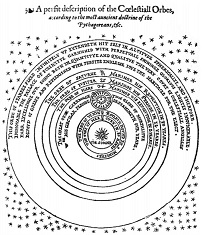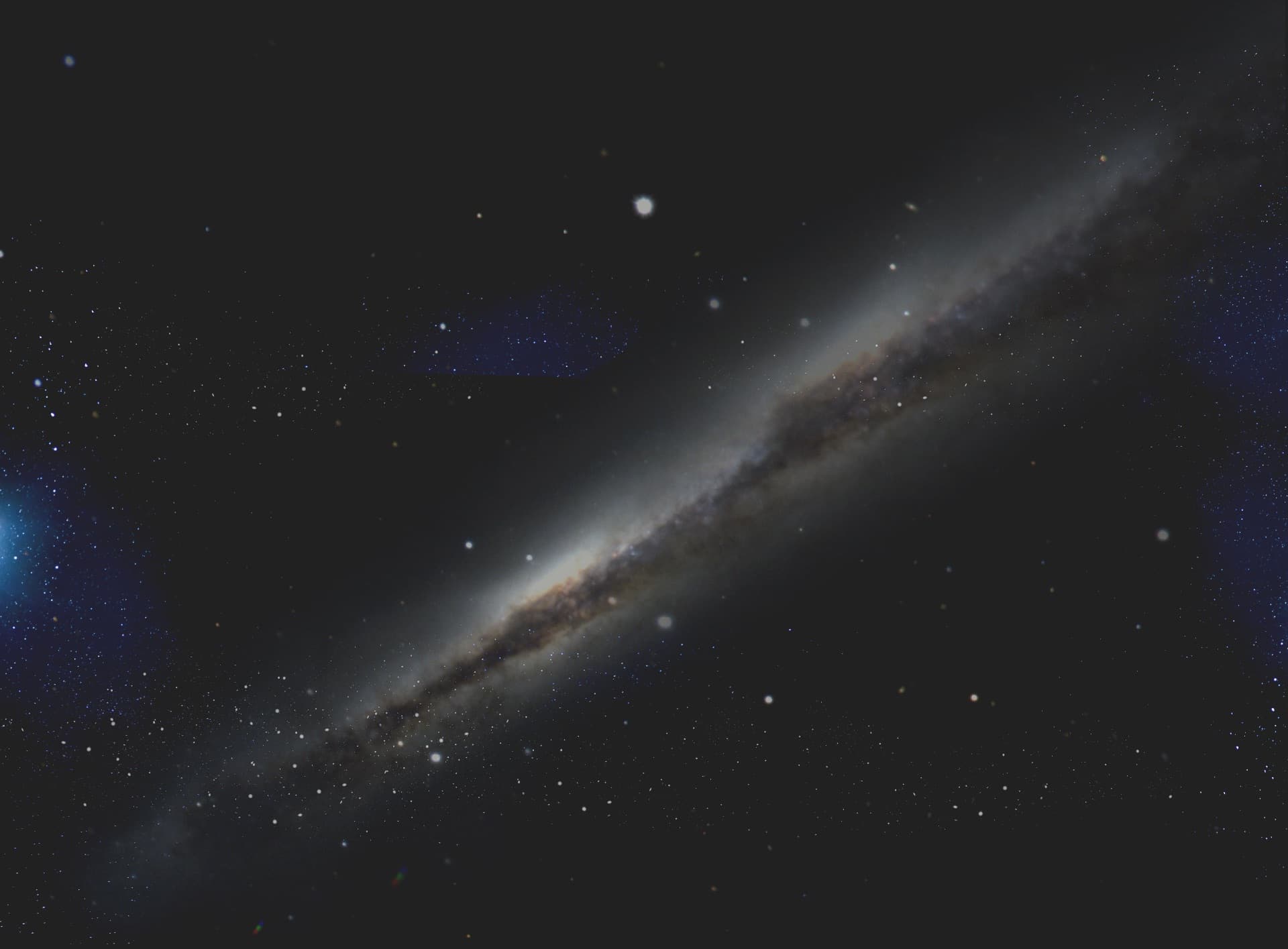 Article (PDF)
Article (PDF)- 29 pages
- Level: high school and above
This 2012 article from Logos: A Journal of Catholic Thought and Culture presents the following argument: In 1576 the English astronomer Thomas Digges (1546–95) published his English translation of Nicholaus Copernicus’s (1473–1543) De Revolutionibus Orbium Coelestium together with a sketch of the Copernican universe under the heading “A Perfit description of the Cœlestial Orbes”. Because Digges’s sketch shows the planets circling the Sun, surrounded by an infinite expanse of stars, it is often hailed as a forerunner of the modern, scientific understanding of an infinite universe in which the Earth is but a speck. However, Digges was illustrating not the insignificance of Earth but the greatness of a universe of stars that testified to the omnipotence and magnificence of God. Ideas such as Digges’s played a prominent role in Copernican thought, so much so that Copernicans cited Divine Omnipotence to answer one of the most powerful scientific objections to the heliocentric theory. This Copernican use of religion to answer a scientific objection to heliocentrism greatly troubled one of the most prominent defenders of geocentrism, the Italian Jesuit astronomer Giovanni Battista Riccioli (1598–1671). The story of Digges, Riccioli, and the stars challenges the modern portrayal of the Copernican Revolution as being a contest of religion versus science: geocentricism versus heliocentrism. It also raises questions about how historians and scientists, and in particular Catholic historians and scientists, could forget such a dynamic part of the history of ideas.
